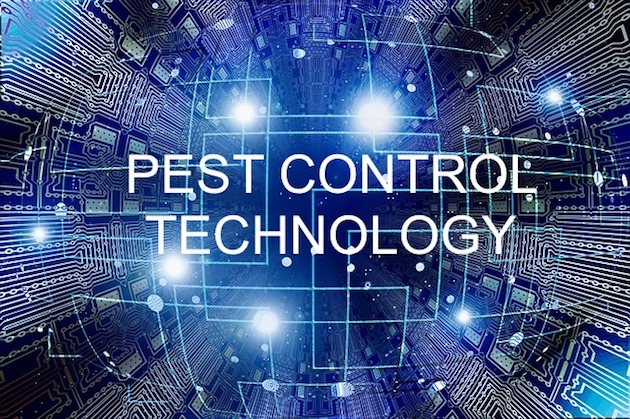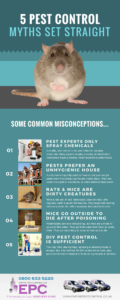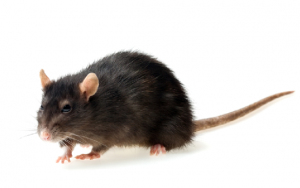Extermination and pest control has always been quite a simple and straightforward thing. Many home and business owners use traps and sprays to take care of the problem. Those methods have proved successful, but with the advances in pest control technology, the quality of treatments has significantly improved.
Nowadays, there are some super high-tech and truly amazing tools being used in the pest control industry. Using these technologies means pest control is safer, faster, cleaner and easier than ever before. Here we are going to look at some of the pest control technology being used today.

Top Pest Control Technology Gadgets
Drones
Another great piece of pest control technology is the drone. More than just a toy or a cool gadget, drones are proving their true value in the pest control industry. Drones may soon become one of the top 10 pest control tools, because of how much safer they are and how much time they save.
Drones are becoming popular for a very good reason. They are equipped with aerial camera, which means building inspections can be done safely. A drone is better at viewing pest entry points and nesting places. These are the places that pest controllers may not be able to reach or see without having to risk their safety.
Some drones come outfitted with heat-seeking cameras. These perform thermal population surveys that reveal the presence of pests. Pest controllers can safely see a problem and be made aware of pests whilst still standing safely on the ground.
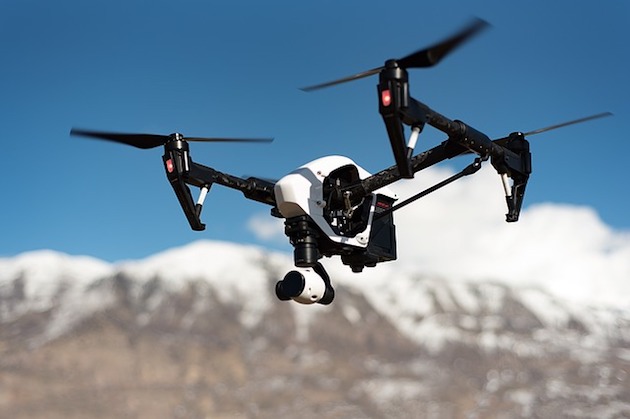
Drones are also being used as a pest deterrent. Bird control can be done with drones when they are fitted with sounds. The sound scares away birds, because they think it’s a predator.
As a piece of a pest control technology, drones are time savers for a pest controller. They save money, don’t require much manpower to operate, and can capture images and data to prove pest problem exist. They’re an invaluable piece of time saving equipment for pest controllers.
Thermal Imaging Devices
Thermal imaging cameras identify heat sources. As a piece of pest control technology, they can pick up body heat given off by rodents and even insect nests. As well as finding a pest problem with a thermal camera, you can also use it to look for clues of an infestation. Thermal imagery is fantastic for locating pests in wall cavities and in wall insulation.
Many pests such as mice and rats love to use wall insultation for their nests. They carve out tunnels in wall cavities. A thermal camera can locate an area where the insulation has been removed, possibly by a rodent. The gaps in the insulation create air pockets that change the temperature of a walls surface. This results in a contrasting colour pallet on the thermal image.
Wasp control is a big problem, especially in the warmer months. Wasps nest can often be found in the roof and in wall cavities. The nests are often overcrowded, causing a temperature rise. Heat is also given off by the activity of the wasps, and all of this can be located using thermal imaging.
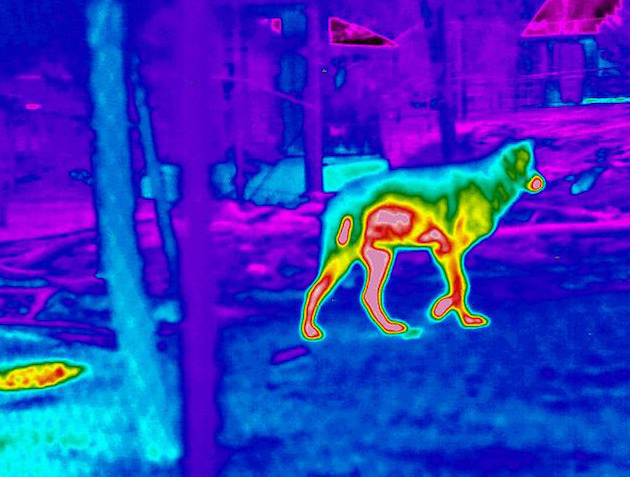
The main advantage of thermal imaging for pest controllers is the amount of time it saves. Investigative and exploratory work is halved when trying to locate pests. Looking around a property with a thermal imaging camera can highlight pest spots instantly. This eliminates the need to rip out walls or lift up floorboards, therefore minimises the disruption and speeds up the pest control process.
Pest control technology comes in all shapes and sizes. Here we’ve highlighted just a few of the great devices pest controllers are using.
Electronic Rodent Bait Stations
The old classic rodent trap has finally had an upgrade, thanks to pest control technology. The old way of doing things involves the use of poisons. However, this can lead to the death of protected bird species if they end up eating poisoned rodents. Tight laws surrounding the protection of birds such as kestrels, owls and falcons has had an impact on rodent populations. This is where electronic baited traps and rodent stations come into play.
Electronic bait stations are highly effective, and solve rodent problems with less mess than conventional traps. They are more humane than poisons too, as death is virtually instantaneous. These types of trap are usually battery powered. The technology works by causing the mouse or rat to create an electric circuit when they come into contact with metal plates inside the bait station, and are electrocuted.
Unlike poisons, electronic traps are much safer to use around kids and larger family pets. They often come with a handy warning light to let you know a rodent has been trapped. They are altogether a much more efficient and humane way to trap rodents, and have a much more positive effect on our fragile wildlife and ecosystem.


